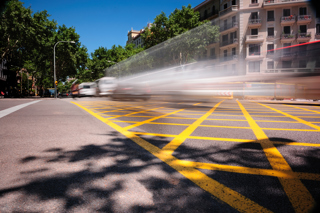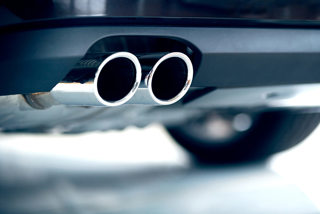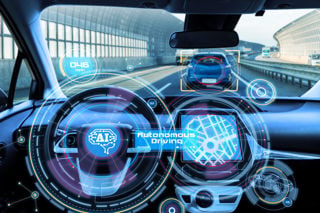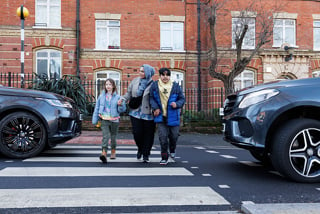Accountancy firm RSM has warned that many businesses and drivers could face heavy tax bills on company cars they thought were vans.
A recent First Tier Tribunal ruled that although two modified Volkswagen Kombi T5 vehicles operated by Coca-Cola were originally classed as vans for tax purposes, once it considered the characteristics of the vehicles as provided to the employee – and not just at construction – they were actually cars.
This means the company will have to pay an unspecified amount of backdated national insurance, while two drivers face unexpected benefit-in-kind (BIK) tax bills.
RSM has warned that many other businesses could find themselves in the same “hopelessly unclear” position and has urged HMRC to clarify guidance on the tax classification of vans and cars.
Graham Farquhar, employer solutions partner at RSM, said: “This is now a massive grey area. The revenue has to be clear on its guidance or it will cause confusion for employers.”
The hearing covered the 2016/2017 tax year for two drivers in relation to second-generation Volkswagen Transporter T5 Kombi vans (Kombi 2), and the 2011/12 tax year for Coca-Cola in respect of a first-generation Transporter T5 Kombi (Kombi 1), a Vauxhall Vivaro, and fuel made available to employees.
The tribunal heard that until 1997, Coca-Cola technicians had used estate cars but as the amount of equipment they carried had increased they were switched to Vivaro, Kombi 1 and Kombi 2 models.
Fleet manager Tom Sayers told the tribunal employees were offered the choice between a panel van or a vehicle modified by a third-party contractor with rear seats, which could be used for their own private purposes.
Kombi 1 was fitted with a removable three-person bench seat in the van’s mid-section as standard, which meant no goods could be carried there with it in place. The rear cargo section was approximately 3cu m and separated from the mid-section with a central partition.
Kombi 2 had three removable seats in the mid-section, and was modified with a fixed partition to separate it from the 3cu m rear cargo area.
In his conclusion, tribunal judge Guy Brannan said that as the mid-sections were equally suitable for carrying goods and passengers, they could not be regarded as goods vehicles.
He said: “In essence, therefore, the Kombis were both multipurpose vehicles.”
However, Brannan ruled the Vivaro was a goods vehicle as it was “primarily suited to the conveyance of goods”.
It also featured a number of modifications including a second row of removable seats. With the seats removed, the load volume was virtually unchanged at 5cu m. With them in place, this fell to around 4cu m.
RSM said the tribunal’s rulings could leave many employees facing heavy tax bills on company cars that they thought were vans.
It added a further consequence could be that the tax position of double-cab pick-ups is brought under review.
However, this has been disputed by Alastair Kendrick, employment taxation expert at Harwood Hutton, who said: “The tribunal’s decision must not be considered a legal ruling. This would be the case if the appeal were referred to a higher court.
“It’s a messy area, but there appears to be no intention to review and update the tax legislation.
“We would want the matter to be referred to the Office of Tax Simplification (OTS) for clarification if there were to be any suggestion of a change in the historical practice. The OTS could then seek to consult on any proposed changes. At this point in time, though, it does not seem likely.”
He said fleet operators should not be “spooked” by the tribunal ruling, but they should make sure they understand the distinction between a car and a van and apply the rules correctly to avoid unexpected tax bills and possible penalties.
An HMRC spokesman said there are no current plans to change the legislation regarding double-cab pick-ups.
Coca-Cola can appeal the ruling, but did not respond to a Fleet News request for a comment.






















Louise - 03/10/2017 13:45
There is quite a lot of confusion and ambiguity over how to classify a vehicle as a car (or van) when the vehicle started out as a LCV (as per the examples above) ie payload, number of seats, does it have windows, ratio of carrying passengers to cargo, main purpose of the vehicle (ie carrying cargo or passengers). It is very confusing so I wouldn't be surprised if lots of other companies need to look at their fleets.